Jesus and re-visionary history
By Kenneth L. Waters Sr.
San Gabriel Valley Tribune
http://www.pasadenastarnews.com/opinions/ci_5362591
BIBLICAL archaeology has become the new gold rush. Not for professionals who know the field, but for novices who want instant fame. It only takes a sensationalized discovery and several rushes to judgment. We had it all in Sunday's "Lost Tomb of Jesus" on the Discovery Channel.
Producers Simcha Jacobovici and James Cameron apparently want us to join them in several logical leap-overs. No proof exists that we have a family tomb of Jesus, but let's call it that. Statistical odds against certain biblical names in the same first century tomb mean nothing without knowing the names in all first century tombs, but let's ignore that.
DNA evidence without a control sample from a known family member of Jesus tells us nothing of his relationship to these burial remains, but let's ignore that problem also.
Gnostic and apocryphal literature produced in the second to fourth centuries contain no historically reliable reports about biblical personalities and events, but let's pretend they do. Both catalogue documentation and forensic testing show the so-called James ossuary did not come from this tomb, but let's pretend that it did.
Jacobovici and Cameron would apparently have us to ignore all the well-rehearsed arguments against a case like theirs. If Jesus was married, Paul would have said so in 1 Corinthians 9:5. A family tomb of Jesus couldn't have been kept secret in first century Palestine. A family tomb of Jesus would have been a shrine, especially if it did not contain the body of Jesus, or simply prevent the rise of the Jesus movement if it did. A tomb would have been in Nazareth, not Jerusalem.
"Mary," "Jesus," "Joses," and "James" (in Hebrew:
Miriam, Joshua, Joseph, and Jacob) are common names even in the Bible, and would have been more so in the world of the Bible as names of Hebrew heroes.
Statistics? What are the odds that three Jameses would come together to once again bury Jesus? Furthermore, the Jerusalem church leaders were consistent with Paul in explicitly affirming the bodily resurrection and ascension of Jesus.
History is firm that his brother James and other followers of Jesus, who would have known the disposition of his body, nevertheless lost their own lives for steadfastly believing in the bodily resurrection and ascension of Jesus.
Jacobovici, Cameron and co-author Charles Pellegrino thus practice a curious reasoning: Begin with an unproven premise, select evidence to support it, and ignore all evidence to the contrary. This is pseudo-science at its best ... or perhaps I should say, worst.
A string of media events have been staged around revisions of biblical history: "The Da Vinci Code" (book and movie), the "Gospel of Judas," and now the "Jesus Family Tomb." It is interesting how this re-visionary history
movement builds upon itself. Although they are unproven, items such as the marriage of Jesus and Mary Magdalene, the birth of their child, existence of secret gospels and gospel secrets, suppressed features of Christian history, and conspiracy and political intrigue in early Christianity become planks in a struggling counter-cultural biblical market.
It seems that by continually recycling these themes pundits hope to gain the status of self-evident proofs in the popular market. I wonder if this is the best we can expect from our educational TV channels. It is time we return to a more reasoned discussion.
Something happened in the days after the crucifixion of Jesus that inspired the first disciples with unshakeable faith and confidence, even in the face of persecution, imprisonment, torture, and death. Attempts to explain this phenomenon in terms of a fabrication, hallucination, delusion, or hoax have not been successful.
Remarkably, the only explanation that accounts for all the historical and literary data is the one provided by the first disciples themselves, namely, the bodily resurrection and ascension of Jesus.
Kenneth L. Waters Sr., Ph.D., is associate professor of New Testament at Azusa Pacific University.

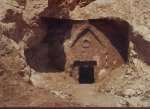
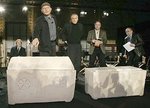






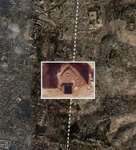


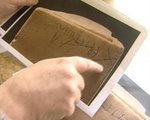






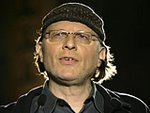

















No comments:
Post a Comment